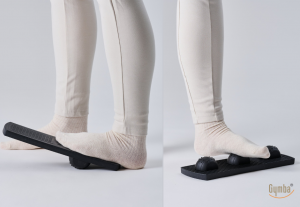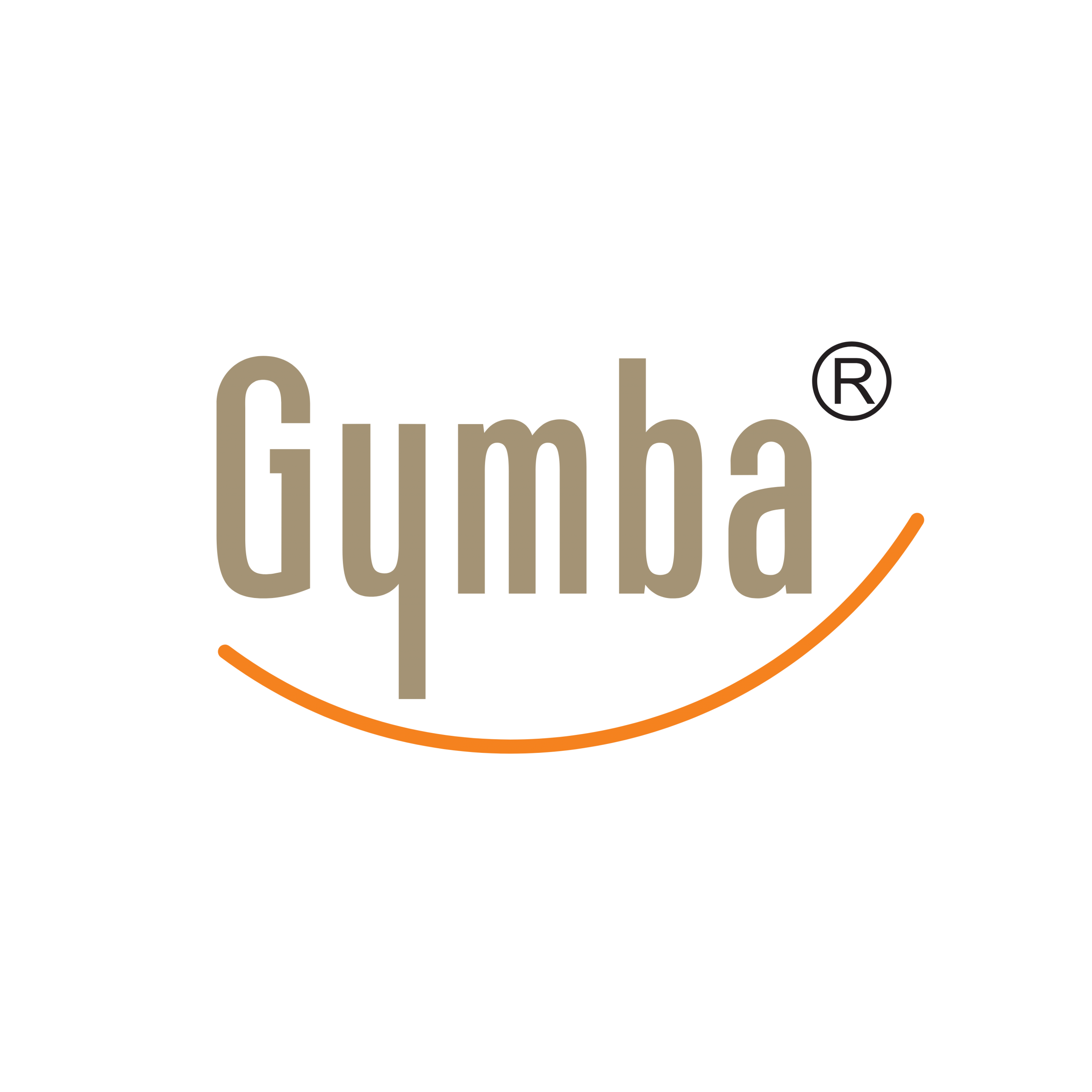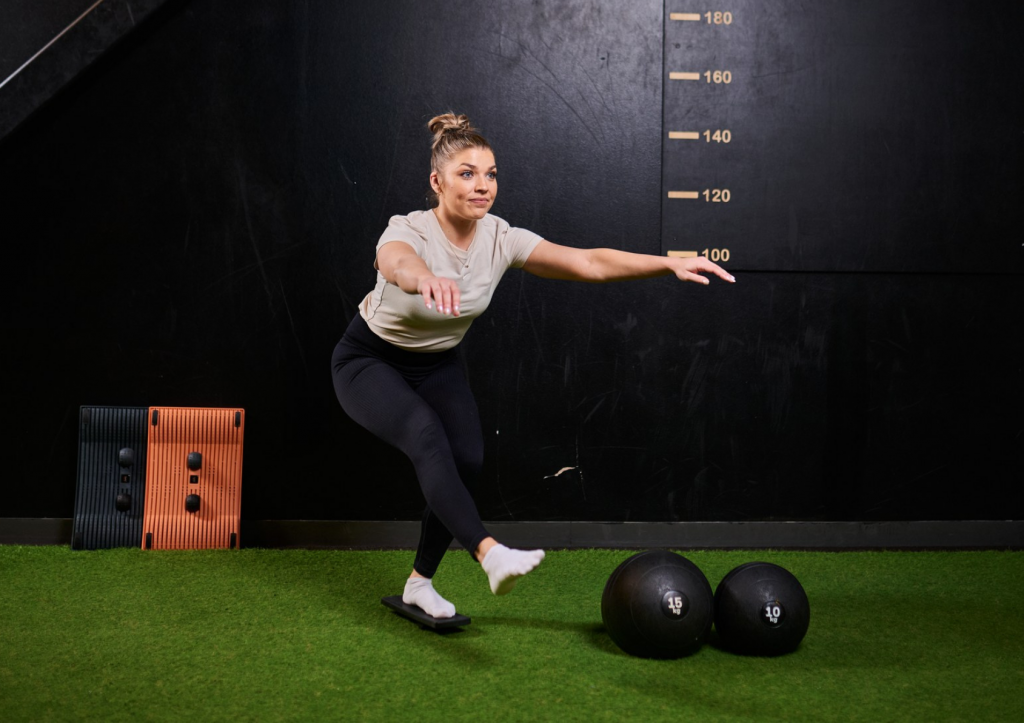After pushing your body through an intense workout, how you recover determines not just how you’ll feel tomorrow, but how effectively you’ll build strength and endurance over time. While many athletes focus on nutrition and rest, mobility work remains an underutilized yet powerful recovery tool. Mobility routines can dramatically accelerate recovery, reduce soreness, and improve overall performance. When combined with tools like the Gymba Balance Board MINI, these routines become even more effective, providing targeted recovery benefits that passive rest simply cannot match.
Why mobility is crucial for post-workout recovery
When you exercise intensely, your muscles develop microscopic tears and inflammation as part of the natural adaptation process. This leads to the familiar post-workout soreness and stiffness that can limit your movement and performance in subsequent training sessions.
Mobility work addresses this recovery challenge in several physiologically significant ways. First, it increases blood circulation to damaged tissues, delivering oxygen and nutrients essential for repair while flushing out metabolic waste products like lactic acid. This accelerated nutrient exchange speeds healing and reduces recovery time.
Unlike passive rest, active recovery through mobility work also maintains tissue pliability and prevents the formation of adhesions between muscle fibers. These adhesions, when left unaddressed, can lead to restricted movement patterns and increased injury risk over time.
Research consistently shows that strategic mobility work can reduce delayed onset muscle soreness (DOMS) by up to 30% compared to complete rest, allowing for more frequent and effective training sessions.
5 effective mobility routines for faster recovery
These targeted routines address common problem areas after intense workouts:
1. Lower Body Recovery Flow (10 minutes)
• Ankle circles: 10 in each direction per foot
• Calf and hamstring release: 30 seconds per leg
• Benefits: Reduces lower extremity stiffness and improves hip mobility
2. Upper Body Tension Release (8 minutes)
• Thoracic spine foam rolling: 2 minutes
• Wall angels: 10 slow repetitions
• Benefits: Relieves shoulder tension and improves posture after pushing exercises
3. Full-Body Mobility Reset (12 minutes)
• World’s greatest stretch: 5 per side
• Spinal wave: 10 repetitions
• Benefits: Comprehensive recovery that addresses multiple planes of movement
4. Spine and Core Restoration (7 minutes)
• Cat-cow movements: 10 repetitions
• Child’s pose to downward dog: 5 repetitions
• Ankle pumps: 20 repetitions
• Neck half-circles: 5 in each direction
• Weight shifts: 10 controlled shifts per leg
• Shallow single-leg squats: 5-8 controlled movements
• Dynamic weight transfers: 12 repetitions
2. Place your foot over the stationary massage points
4. Gradually increase pressure as tissues release
• Focus on the areas most taxed during your workout
• Include both balance training and myofascial release
• Helps assess recovery status and readiness for training
• Activates the neuromuscular system for the day ahead
Consistency with these mobility practices creates compound benefits over time, reducing injury risk and improving performance through better movement quality. The portable nature of the Gymba Balance Board MINI makes it an ideal tool for maintaining this consistency, whether at home, at the gym, or while traveling.
By integrating these mobility routines and balance training exercises into your recovery protocol, you’ll experience faster bounce-back between workouts, improved movement quality, and better long-term results from your training program.


